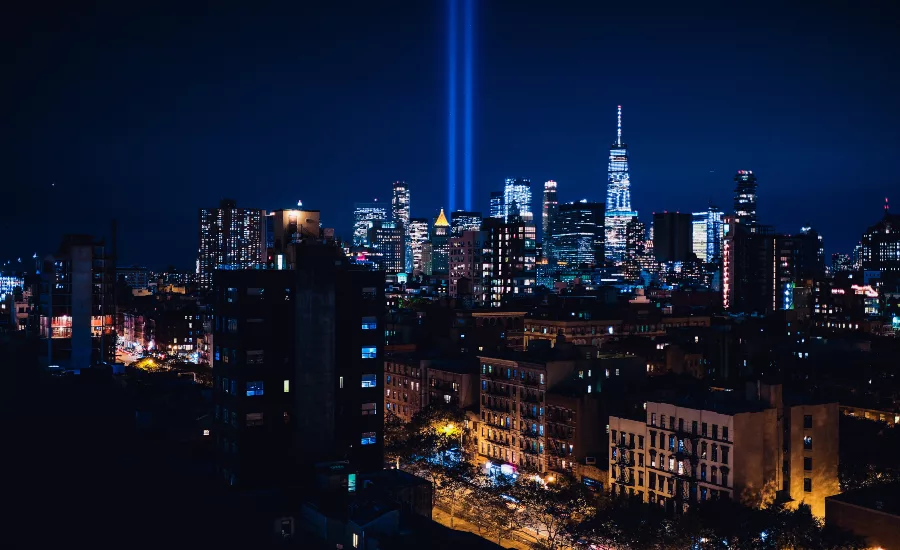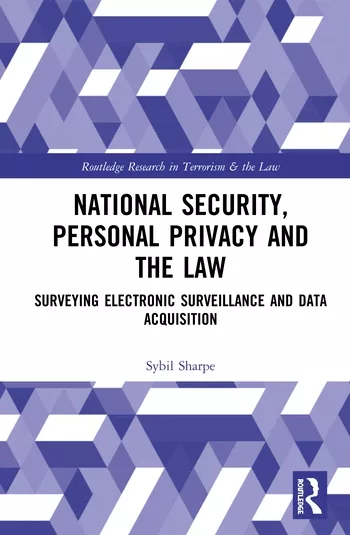How the 9/11 terrorist attacks shifted the global security landscape

9/11 had a transformative effect on security risk management, just as COVID-19 has on healthcare. The risk of terrorism had come directly into business operations, impacting employees as it never had before. Duty of care came to the fore with regards to security risks, both from a legislation perspective and the growing responsibility for corporates. The C-suite and boards of organizations recognized the risk to their people and their business and that they were sometimes even able to be held personally liable for employee safety and security. It became critical to be able to know where employees were at any given time. At the same time, there became an increased understanding of the vast amount of information leaders, both business and government, had to track to be able to operate in an increasingly volatile world.
Obviously, for a long time after, we all saw the security repercussions in airports. Today, these have become the norm. Technological advances supporting security risk management accelerated; traveler locating and two-way communication rapidly improved to the sophisticated support we see today.
Of course, since 9/11, other attacks have continued to shape organizational responses to security risks. High-profile incidents in locations such as Paris, Brussels and Nice saw the methods of attacks changing and evolving, with military-style training and planning, culminating in coordinated, simultaneous action.
Terrorism, thankfully, remains a low likelihood risk in the majority of the world, but it is a persistent global risk that needs to be carefully monitored.
Providing best practices during the 20th anniversary of the 9/11 attacks and with the current situation in Afghanistan
The Taliban takeover in Afghanistan and subsequent attacks by Islamic State remind us that the risk of militancy remains a feature of the international security landscape. The anniversary combined with the Taliban’s takeover sadly raises the likelihood of solidarity attacks.
In advance of the anniversary, we issued a client alert that outlines a global assessment of the situation and provides advice on how it may be possible to avoid impact to an organization’s operations, such as temporarily drawing down ops in high-risk locations and providing informational communications with a workforce in lower-risk locations.
Our intelligence teams have been monitoring the situation in Afghanistan closely – with a particular focus on higher risk locations, where Islamist militant groups have operational freedom and state capacity to respond is weak but also in lower-risk locations where vehicle ramming and knife attacks are possible. Organizations need to have robust and reliable information sources, be able to assess the changing threat level and agility to respond at speed when needed.
Other security risks
During the pandemic, it has been important to remind organizations that security risks are still prevalent. While there has been less travel, employees in some domestic settings are encountering heightened security risks that have been exacerbated by the pandemic. These include:
Social Unrest and Misinformation
While not a new phenomenon, the issue of misinformation has become even more prominent when it has been linked to vaccines and the COVID-19 pandemic. From the accusations of 5G causing COVID-19 to claims that governments are using vaccinations to track citizens, COVID-19 has been a perfect storm for rumor and conspiracy theories.
In the short term, misinformation around COVID-19 vaccination programs can be a contributing factor towards civil unrest, both from the already well-established anti-vax movement but also from those who see mandatory/pseudo-mandatory programs as an intrusion of the state onto personal lives. Already, we had seen serious examples linked to anti-vax sentiments, such as when a crude bomb was detonated in March at a drive-through COVID-19 testing center in Bovenkarspel in the Netherlands.
In addition to these sorts of attacks on infrastructure, immunization campaigns could augment pandemic-related social unrest in the coming months. In locations where the vaccine rollout is well underway, protests calling for an accelerated relaxation of containment measures may occur as populations grapple with pandemic fatigue.
Corruption & Political Unrest
In addition to specific concerns around the vaccines, we’re expecting that actual or alleged corruption, as well as wider issues causing political unrest, are likely to cause protests that represent a physical security concern. We’ve already seen various protests across the world, some of which have had a significant impact on national governments. For example, protests in January resulted in the resignation of Mongolian prime minister Khurelsukh Ukhnaa, while in Brazil, recurrent protests have been held since the beginning of the year over President Jair Bolsonaro’s downplaying of the virus.
Crime
Last but not least, criminal activity is likely to pose a significant security threat in the coming months. Analysts have identified a significant increase in online domains containing the terms ‘coronavirus’ and ‘vaccine,’ many of which will be vectors for malware and phishing attacks.
Additionally, the growth in severe inequality and loss of income that has resulted in many cases due to the pandemic is likely to fuel a rise in criminal activity. In some instances, vulnerable populations will feel compelled to engage in criminal activity to survive. Clear examples of this have been in Colombia, where some of the poorer rural population, as well as Venezuelan refugees, have begun to engage in activities such as illicit mining, forestry, drug production, and drug trafficking, all overseen by criminal groups.
The risk that criminal groups pose to supply chains, including the theft of medical cargo, is also likely to increase in the near future. At International SOS, we anticipate this will be a particular issue in Latin America, as securing the vaccine supply chain will be challenging due to the confluence of corrupt local municipal police departments and politicians and the presence of strong Transnational Criminal Organisations (TCOs). Already, in October 2020, criminals in Mexico stole thousands of influenza vaccines after the government suggested an imminent scarcity.
In the coming months, increased demand for medical supplies and vaccines may also translate into truck hijackings and thefts while parked – which continue to be the most common tactics in pharmaceutical theft – as well as growth in facility break-ins. Countries that saw the most significant incidents of pharmaceutical theft in 2019 and 2020 include Brazil, India, Italy (particularly Apulia and Campania regions), Mexico and the US. In relation to the COVID-19 vaccines, this trend will likely remain the same, with more activity in these countries.
While the security issues raised might have taken a back seat to the medical issues so far, organizations should make sure they don’t have blind spots where risk is concerned. Their ability to objectively analyze how they deal with these security concerns is key, particularly as they prepare for the recovery phase. Being able to review gaps, drive improvements in organizational responses, and enable decision-makers to maintain operational continuity will be critical as they prepare to return to operations, work and travel. Employees need to be protected with the most recent facts and appropriate training.
Looking for a reprint of this article?
From high-res PDFs to custom plaques, order your copy today!





